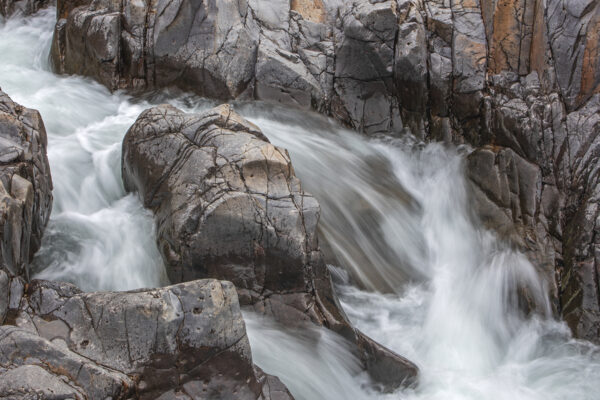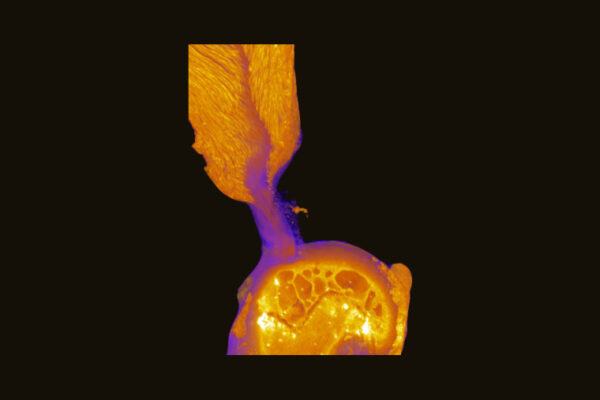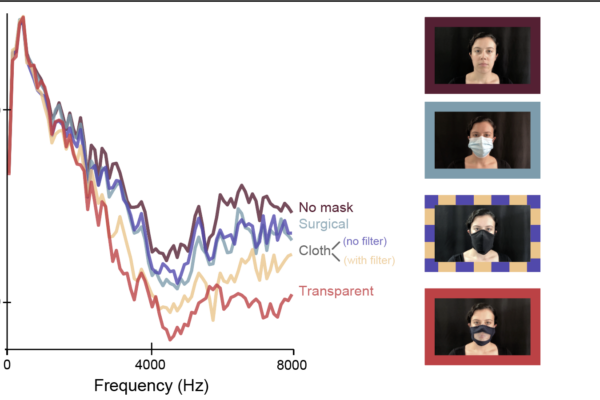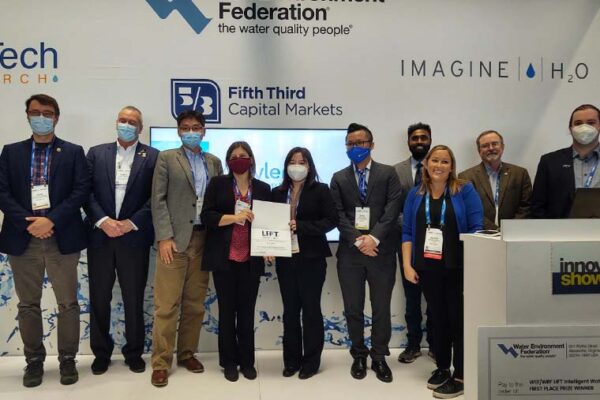Lodders and Fegley to study stellar chemistry
Katharina Lodders, research professor, and Bruce Fegley, professor, both in the Department of Earth and Planetary Sciences in Arts & Sciences, won a $505,505 grant from the National Science Foundation for stellar chemistry research.
How do others help us regulate emotions?
Research from the lab of Renee J. Thompson in Arts & Sciences investigates how we reach out to others to help regulate our emotions.
Covey, Milbrandt, Moran named to National Academy of Inventors
Washington University in St. Louis faculty from the School of Medicine and the McKelvey School of Engineering have been elected fellows of the National Academy of Inventors, the highest professional distinction reserved solely for academic inventors.
Something’s up
Rajan Chakrabarty and Randall Martin research fine particulate matter, trying to create a complete picture of the world’s leading cause of environment-related diseases.
Cleaner, greener, safer
WashU is committed to creating a more sustainable world for future generations. Here’s a by-the-numbers look at how.
A river runs through it
Rock formations called shut-ins confine a section of a river, forcing water to flow between the steep walls of a canyon or gorge. Shut-ins are found in streams and rivers across the Ozarks. But some of the most outstanding shut-ins in the state are located at Johnson’s Shut-Ins State Park, where Washington University scientists are studying bedrock river erosion.
Research sheds light on rotator cuff injuries
A team of researchers co-led by Guy Genin at the McKelvey School of Engineering has made a discovery about how tendon and bone attach in the shoulder joint, shedding light on rotator cuff injuries and how to treat them.
Which mask is easier on the ears?
COVID-19 brought masks and with them, a host of questions about how they affect our day-to-day communications, including how well people wearing masks are understood.
Engineering team honored in water systems challenge
A team led by Zhen (Jason) He at the McKelvey School of Engineering earned second place at the 2021 Intelligent Water Systems Challenge for its solution to a wastewater treatment problem.
Undergraduate Antony wins neuroscience award
Irene Antony, a neuroscience major in Arts & Sciences at Washington University in St. Louis, won the Trainee Professional Development Award from the Society for Neuroscience.
Older Stories









